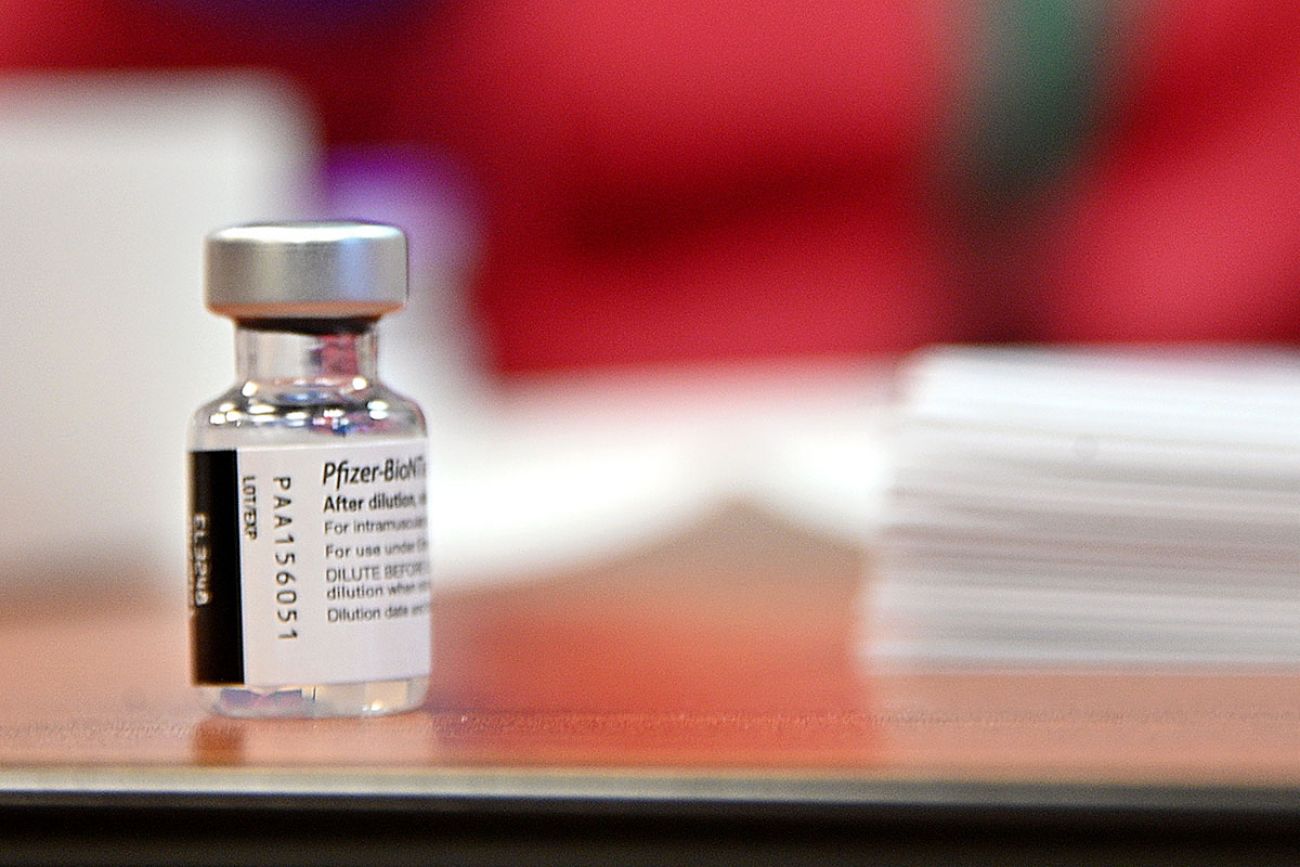COVID by the numbers in 2021: More deadly than first year in Michigan

Jan. 3, 2022: ‘It’s not letting up’: Omicron fuels surge of Michigan hospitalizations
The second year of the coronavirus pandemic began with the promise of medical miracles, with new vaccines and treatments predicted to allow the economy and schools to reopen, life to resume and deaths to subside.
It didn’t happen, not across the globe, in the United States or in Michigan.
As 2021 draws to a close, students returned to school and restrictions on businesses ended, but new strains of the virus made this year deadlier than the last — and uncertainty and fear looms in 2022.
Related:
- Michigan nursing home staff shortage raises peril, adds to hospital woes
- Michigan companies await final legal verdict on Biden vaccine mandate
- Michigan has an obesity problem. That could make COVID even worse
Michigan was one of 36 states with more COVID-19 deaths this year than in 2020, when the pandemic struck for only 10 months but also lacked vaccines and had less sophisticated treatments for the seriously ill.
As much as 2021 was different, in terms of COVID-19, it was tragically familiar. Here are snapshots of how the years compare.
Cases and deaths
In 2020, Michigan was, along with New York and New Jersey, one of the first states hit hardest by COVID-19, as Detroit and its suburbs absorbed the brunt of the new and deadly virus.
Like leaders in most states, Michigan Gov. Gretchen Whitmer enacted sweeping restrictions, shuttering schools and non-essential businesses.
By summer, cases declined, but Michigan experienced a harsh winter like many states and Whitmer reinstituted social distancing requirements for bars and restaurants.
By spring 2021, as the nation recovered from a surge in COVID-19, Michigan’s caseload increased dramatically and was the worst in the nation by April. Some counties including those in the Thumb that had been relatively unscathed in 2020 were hammered by the then-new B.1.1.7 variant that tore through the state.
Since then, Michigan followed the pattern of other states — fewer cases in the summer when more people are outdoors, followed by an extended increase in cases.
In 2021, those cases were made worse by the emergence in August of the delta variant.
Overall, however, the death rate fell in Michigan, a drop attributed to vaccinations and better treatments, including the widespread use of monoclonal antibodies.
Despite having 280,000 more COVID-19 cases in 2021, the deaths have been similar: 13,943 through Wednesday this year, compared to 13,034 in 2020.
Vaccinations prove effective
Part of the reason for the decline in the death rate was the development of the three vaccines that have been available since just before the end of 2020.
At first, they were given to health care workers and residents and staff of nursing homes, where many had perished in 2020 from COVID-19. By April Michigan was vaccinating as many as 400,000 people a week.
But vaccinations began to wane by the end of April and Michigan remains below the national rate of vaccinations: 59.7 percent of those eligible, age 5 and older, are fully vaccinated. That’s well below the national rate of 65.4 percent.
Despite the vaccination of more than 5.2 million Michigan residents, the number of “breakthrough” cases — infections among the fully vaccinated — has risen.
In the first half of the year, fewer than 10 percent of cases, hospitalizations and deaths were among the fully vaccinated. That rose to as much as 30 percent of the cases by year’s end, likely because of the decrease in effectiveness of vaccines after six months and reluctance of many to get booster shots.
Overall, the fully vaccinated have accounted for 15 percent of all COVID-19 infections this year, 11.9 percent of hospitalizations and 14.5 percent of deaths.
Nursing home and prison administrators say vaccines played a huge role in reducing infections and deaths in those close-quartered facilities.
In 2020, half of all inmates and staffers, 24,300, in the Michigan Department of Corrections got COVID-19. This year, the prisons reported just 922 cases, while deaths fell to 18 in 2020.
The department did not mandate vaccines but about two-thirds of all inmates are fully vaccinated, MDOC spokesperson Chris Gautz told Bridge Michigan. And staff and prisoners are still required to wear masks.
“It is very clear that vaccines are saving lives in the state and in the prisons,” Gautz said in an email with Bridge. “By the end of January, with the help of the Michigan National Guard, every prisoner who wants a booster will have the ability to have one.”
Through the first nine months of the pandemic, nursing home residents accounted for nearly 30 percent of all COVID-19 deaths in Michigan.
In the last two months of 2020, just before the rollout of the vaccines, nursing home residents accounted for over 40 percent of more than 6,200 deaths.
Then, beginning in December, nearly every nursing home resident got the vaccine. Cases began falling across the state but in nursing homes the drop in cases and deaths was even steeper.
And by March, nursing home residents were accounting for just 9 percent to 13 percent of all deaths — and just under 6 percent since then.
Omicron looms
The state and the nation face a new threat in the omicron variant, which research shows is far more transmissible than the delta variant and which has a greater ability to evade protection from the vaccines and natural immunity developed by earlier infections.
Although the state has only documented 75 cases in 10 counties, that is likely a huge undercount because of limitations in testing — and cases in the past few weeks in Michigan have surged to new records.
On Wednesday, Michigan reported 25,858 cases over the past two days or 12,929 a day, a new record that also pushed the seven-day daily average to 8,402, also a record.
The U.S. Centers for Disease Control and Prevention recently reported that 73 percent of all new cases in the United States are omicron, a swift reversal from the delta variant, which up until two weeks ago accounted for 99.9 percent of all cases in Michigan.
And much of the new omicron surge in Michigan is now focused on heavily populated Detroit and the suburbs. Statewide, nearly 30 percent of all tests are coming back positive for COVID-19, 10 times the amount indicative of community spread of the virus.
See what new members are saying about why they donated to Bridge Michigan:
- “In order for this information to be accurate and unbiased it must be underwritten by its readers, not by special interests.” - Larry S.
- “Not many other media sources report on the topics Bridge does.” - Susan B.
- “Your journalism is outstanding and rare these days.” - Mark S.
If you want to ensure the future of nonpartisan, nonprofit Michigan journalism, please become a member today. You, too, will be asked why you donated and maybe we'll feature your quote next time!








